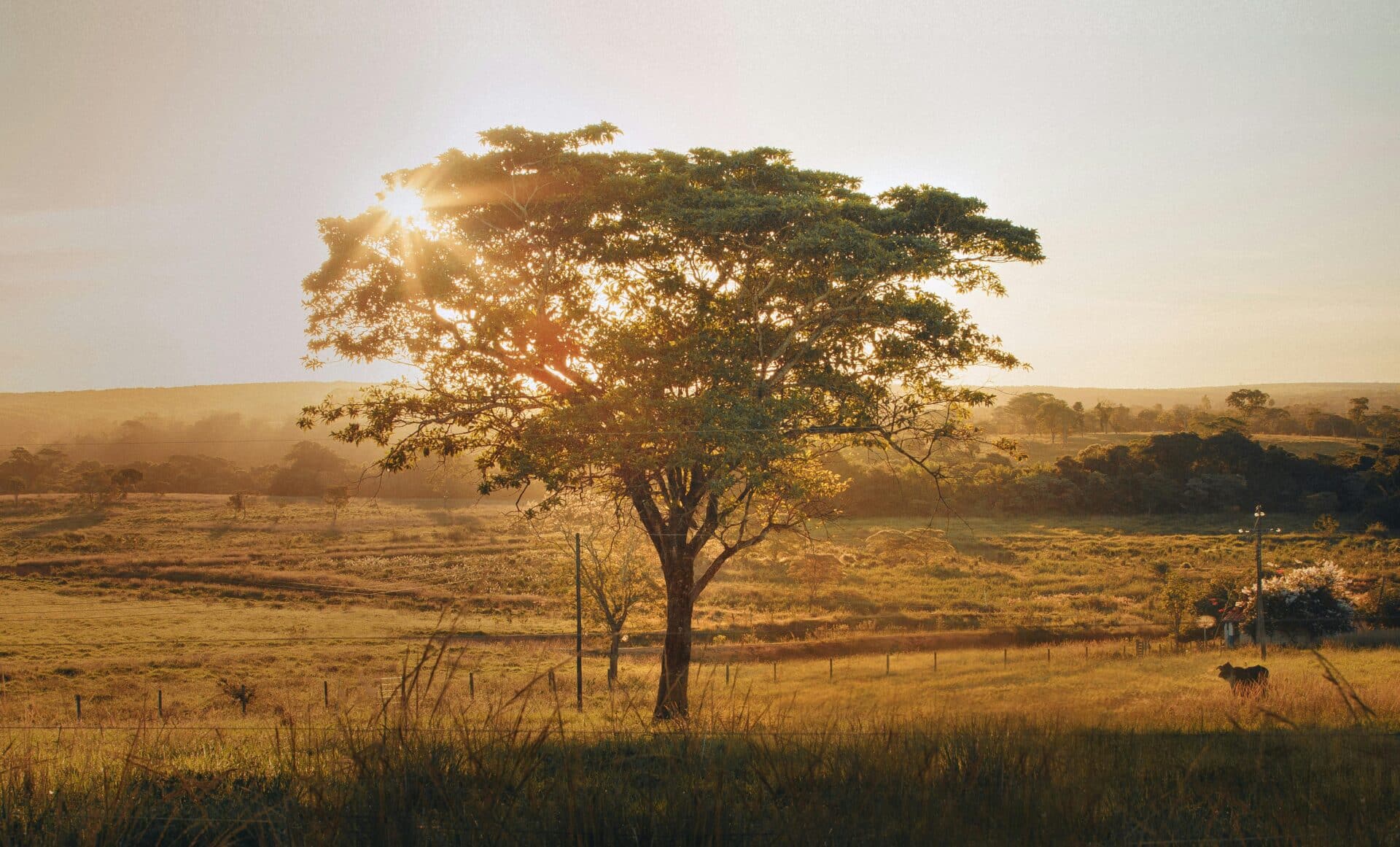As a landowner, leasing property can be a lucrative way to make some extra cash. You earn passive income while local farmers, hunters, and developers enjoy your unused acreage. It’s a win-win!
Before advertising to potential lessees, you’ll need to establish a listing price for the lease contract. This depends on a variety of factors, and it’s best to fully evaluate your property ahead of time.
Thanks to the experts at Land.com, there’s no need to blindly look up, “How much can I lease my land for?” Instead, take a look at this comprehensive guide to determining a competitive rate.
Setting the Right Lease Price for Your Land
Setting a price based on current market trends, demand, and land value will ensure a fair price for all parties. This way, landowners can attract interest while also maximizing their returns on their leased land.
Let’s break down nine key factors that influence land leasing prices.
#1: Location and Geography
Location is one of the most important metrics driving land value. For instance, proximity to an urban or populated area can drive up leasing prices, as there is higher local demand and better accessibility. More remote areas can be marketed for their privacy and exclusivity (this is especially true for those leasing land for hunting), but they can be harder to access and less convenient for developers.
#2: Land Size and Usable Acreage
In general, the larger the property, the higher the lease price. Keep in mind that we’re talking about usable land—acreage that is actively accessible and zoned for farming, hunting, commercial use, development, and more.
#3: Soil Quality and Land Condition
People leasing property for agricultural and commercial purposes will be interested in the overall conditions of the land. In fact, studies show that habitat quality directly correlates to increased lease rates.
Land condition considerations include:
- Soil type
- Soil fertility and health
- Erosion
- Drainage
You may consider professional soil testing for the most in-depth results and insight, especially if you’re leasing farm land.
#4: Zoning Laws and Permitted Land Use
The type of activities that are allowed on your land will influence its value and, thus, a fair lease price. Knowing your land’s zoning rights will also help attract potential customers. Zoning laws include:
- Residential – Households and residences
- Commercial – Businesses, shops, offices
- Agricultural – Farming and livestock
- Recreational – Hunting, fishing, camping
Zoning restrictions that regulate land use and development can differ by state, so make sure to do your research—including plans to turn one property into subdivisions.
#5: Market Demand and Comparable Lease Rates
As the property owner, having your finger on the pulse of local market trends will help evaluate demand, assess rates of similar properties, and ensure competitive pricing. You can research market rates online or partner with a local land broker for added insight and on-the-ground expertise.
#6: Utilities and Infrastructure Availability
The available utilities on your leased land will directly impact its value. Having utilities already installed and the required infrastructure in place reflects a higher lease price. We’re talking about everyday conveniences like:
- Water
- Electricity
- Sewage
- Access roads
- Waste pickup
In remote areas, it can be a hassle to install costly infrastructure, so you’ll have to weigh the pros and cons.
#7: Duration of the Lease Agreement
Leases are either short- or long-term. Short-term leases can be daily, weekly, or seasonally. Long-term land leases are typically annual or multi-year.
The pro of short-term leasing is that it usually turns a better profit, as you can charge higher rates in shorter lengths of time. They also provide flexibility for landowners. However, it can become a hassle dealing with frequent turnover and negotiations with each new land lease agreement.
On the other hand, long-term leasing is an opportunity to establish a mutually beneficial relationship with a trusted client. While upfront rates are lower, long-term land leases can generate significant profit over time and help minimize periods without occupancy. However, keep in mind that this option is less flexible for the land owner, and you may find yourself locked into a lease you no longer want.
#8: Land Improvements and Added Features
Making high-quality improvements to your leased land can increase its value and boost demand. If your land has any amenities like the following, you can justify higher lease rates:
- Fencing
- Irrigation systems
- Barns
- Utilities
- Access roads
If you intend to add these or other features to set higher lease prices in the future, remember that doing so will all depend on zoning regulations, acquiring the appropriate permits, and leasing purposes.
#9: Seasonal and Economic Trends
So, still wondering, “How much can I lease my land out for?” At the end of the day, prices are at the whim of fluctuating trends in agriculture, real estate, and local economies.
If you’re not getting the offers you’d hoped for, consider waiting to lease your property at a later date or consulting with a land pro to reassess.
How Land.com Can Help You Market Your Land to the Right Audience
Looking to promote your property to a wider audience? Land.com connects landowners with millions of monthly visitors actively searching for rural real estate. With robust listing tools and detailed property features, it’s easy to get your land in front of the right eyes.
You can also connect with experienced land professionals through the platform—experts who understand local markets and can help guide pricing, positioning, and negotiations based on your goals.
Whether you’re selling now or exploring your options, Land.com gives you the tools to market smarter.
Sources:
PennState Extension. Forest Finance 6: Leasing Your Land for Hunting: Income and More. https://extension.psu.edu/forest-finance-6-leasing-your-land-for-hunting-income-and-more.
USDA. Landowners Who Care: Leasing for Regenerative Agriculture. https://www.nrcs.usda.gov/sites/default/files/2024-08/.
Research Gate. Factors Determining Differences in Local Hunting Lease Rates: Insights from Blinder-Oaxaca Decomposition. https://www.researchgate.net/publication/46552063_Factors_Determining_Differences_in_Local_Hunting_Lease_Rates_Insights_from_Blinder-Oaxaca_Decomposition.
